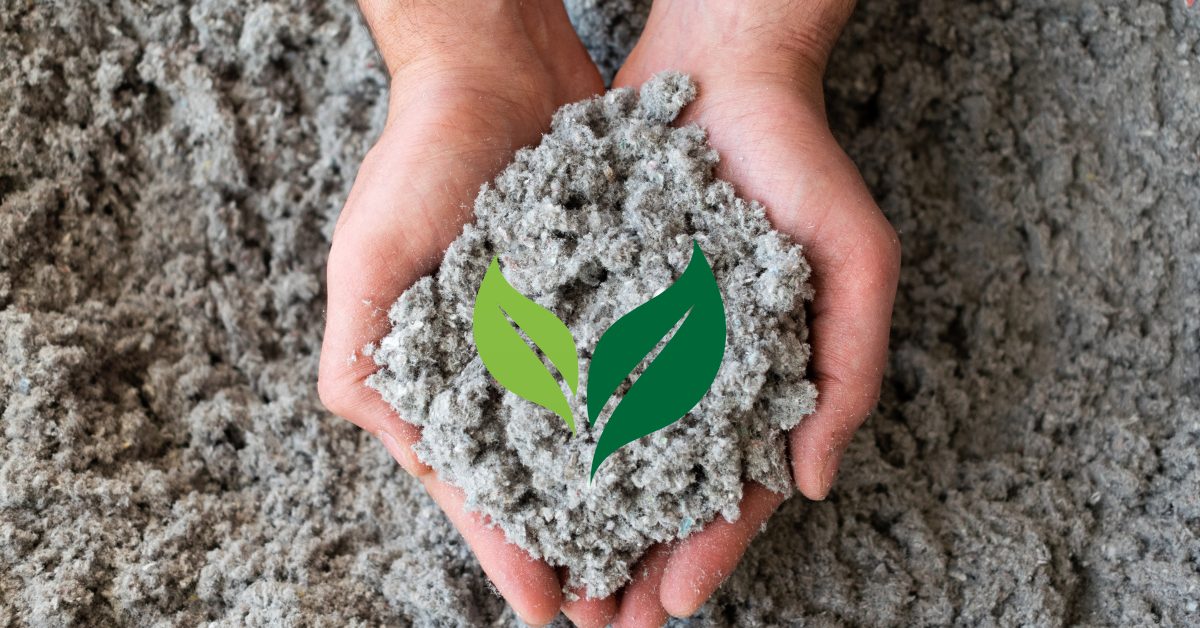In the quest for sustainable construction, the spotlight is increasingly turning towards an innovative new solutions
Traditional concrete is widely used in construction. However, its significant carbon footprint is a growing concern. This has spurred the search for sustainable construction materials.
Enter magnesium-based concrete, a promising contender with the potential to significantly reduce the environmental impact of construction. This innovative solution offers a glimpse into a future where building doesn’t have to cost the Earth.
The Concrete Jungle’s Carbon Conundrum
“The main challenge facing the cement industry is reducing CO2 emissions at the same time as meeting global demand.” International Energy Agency (IEA) – ‘Tracking Clean Energy Progress 2023’ report.
Cement production currently accounts for a whopping 9% of global CO2 emissions. This is largely due to the energy-intensive process of heating limestone.
The pressure is on the construction industry to find greener alternatives to traditional concrete. The goal is to slash emissions by at least 4% before 2050, but this will be a challenge.
The International Energy Agency (IEA) suggests focusing on:
- Using materials more efficiently
- Capturing carbon emissions
- And developing new ways to produce cement with lower emissions.
The ideal solution is a building material that’s both eco-friendly and as durable and versatile as concrete.
A Promising Path Towards Greener Construction
Enter magnesium-based concrete, an emerging alternative that harnesses magnesium, an element that is abundantly found in seawater and mineral deposits. Unlike traditional concrete, magnesium-based concrete has the potential to significantly reduce or even offset carbon emissions.
In this innovative material, reactive magnesium compounds replace energy-intensive Portland cement. When combined with water and carbon dioxide, these compounds form strong, durable binders. This requires less energy and sometimes even absorbs CO2 during curing.
Beyond its eco-friendly benefits, magnesium-based concrete offers other advantages.
- It sets and hardens faster than traditional concrete, potentially speeding up construction timelines.
- It’s also lighter in weight, offering potential benefits in terms of transportation and structural design.
- Some magnesium-based concrete formulations exhibit excellent fire resistance, adding another layer of safety and resilience to buildings.
Magnesium Concrete in Action: Emerging Applications and Ongoing Research
Magnesium-based concrete holds immense potential as a sustainable building material, but its journey toward widespread adoption faces several challenges.
Durability and Performance Concerns
One major hurdle is ensuring its long-term durability and performance in various environmental conditions. While initial tests show promising strength, more research is needed to assess its resistance to water and overall longevity.
Reinforcement Compatibility Challenges:
Another challenge is finding reinforcement materials that are compatible with magnesium-based cements. The low pH of these cements can corrode traditional steel reinforcement, requiring the development of alternative materials or protective coatings.
Cost and Scalability Barriers
Additionally, cost and scalability remain barriers to widespread adoption. Magnesium-based cements are currently more expensive to produce than traditional concrete due to raw material costs and specialized production processes. Improving production efficiency and reducing costs will be key to making this material a viable alternative.
Lack of Industry Standards and Codes
Finally, establishing clear industry standards and building codes for magnesium-based concrete is crucial for its wider acceptance. The lack of standardized testing methods and guidelines can hinder its implementation. Developing comprehensive standards will ensure the safe and effective use of this emerging material.
Despite these challenges, the potential of magnesium-based concrete to significantly reduce carbon emissions in the construction industry is undeniable. Ongoing research and development efforts focused on overcoming these obstacles hold the promise of unlocking a greener future for building.
Taking Action for a Greener Future
While the widespread adoption of magnesium-based concrete may still be on the horizon, there are steps you can take right now to support a more sustainable construction industry:
- Stay Informed
Keep up with the latest developments in sustainable building materials and advocate for their use in your community.
- Choose Sustainable Options
Whenever possible, opt for building materials with a lower environmental impact, such as magnesium oxide boards.
- Support Research and Innovation
Consider supporting organizations and initiatives that are researching and developing new sustainable building materials.
- Engage with Professionals
If you’re planning a construction project, discuss sustainable options with your architect, engineer, and contractor.
By embracing innovation and advocating for sustainable solutions like magnesium-based concrete, we can contribute to a greener, healthier future for generations to come.
Will magnesium-based concrete be the key to unlocking a new era of sustainable construction? Only time will tell. But one thing is certain: the journey towards a greener built environment is underway, and magnesium is leading the charge.

Marzanne is our eco-enthusiast with an unwavering love for all things green! 🌱 As a self-proclaimed “green queen” and a DIY aficionado, her zeal for eco-conscious living shines through in every aspect of her life. ♻️
Join Marzanne as she shares her quirky, eco-infused adventures, offering tips, tricks, and a sprinkle of good-natured humor on integrating sustainable products, green design, and eco-friendly living into your home. She’s the green-spirited friend you never knew you were missing! 🌿🏡😄

